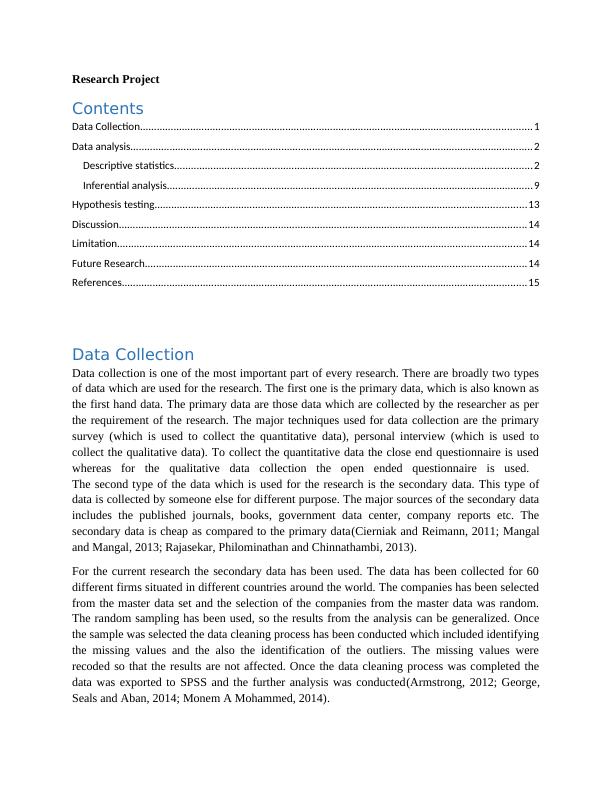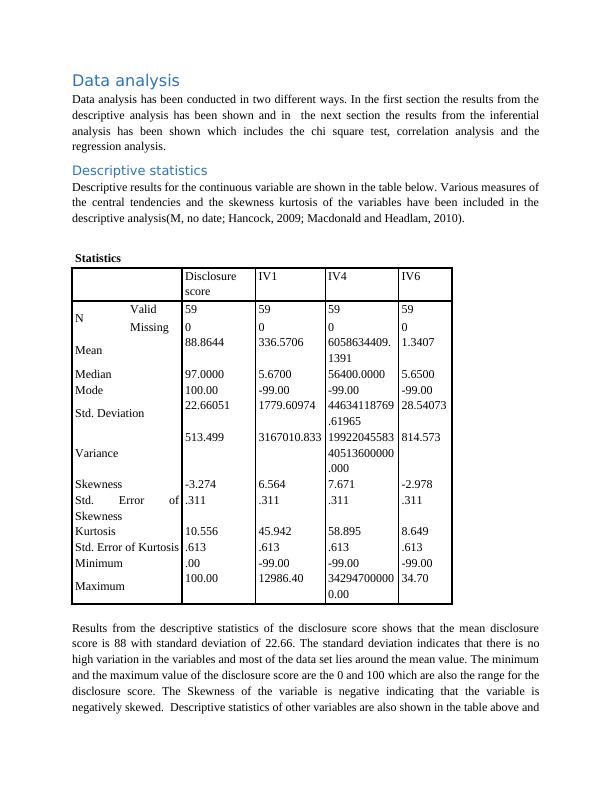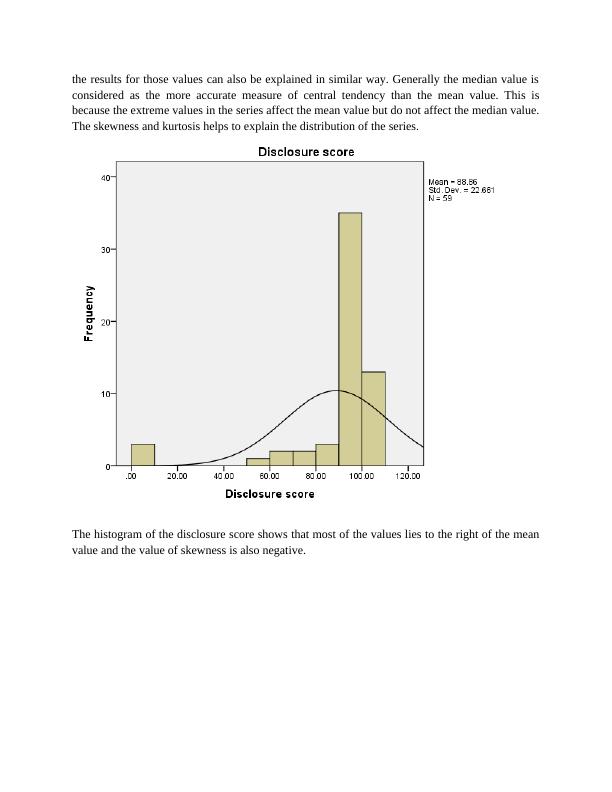Data Collection and Analysis for Research Project
Conduct appropriate statistical analysis of data, draw conclusions regarding hypothesis, discuss implications of results, identify limitations of study, and suggest opportunities for further research.
15 Pages3138 Words304 Views
Added on 2023-06-11
About This Document
This research project discusses the importance of data collection and analysis in research. It covers the techniques used for data collection, including primary and secondary data, and the methods used for data analysis, such as descriptive statistics, inferential analysis, and hypothesis testing. The results of the analysis are presented through correlation analysis, chi-square test, and regression analysis. The limitations and future research opportunities are also discussed.
Data Collection and Analysis for Research Project
Conduct appropriate statistical analysis of data, draw conclusions regarding hypothesis, discuss implications of results, identify limitations of study, and suggest opportunities for further research.
Added on 2023-06-11
ShareRelated Documents
End of preview
Want to access all the pages? Upload your documents or become a member.
SPSS Data Collection - Assignment
|11
|1734
|19
Impact of Organizational Behavior on Carbon Emission: Data Analysis from Developing Countries
|11
|1864
|368
Data collection Assignment PDF
|8
|1681
|100
Data Collection and Descriptive Analysis of Coca Cola's Carbon Emission Data from 2011-2017
|13
|1877
|456
Adoption of ISO9000 and its Relationship with other Factors in China’s Service Industry
|11
|1153
|134
Statistical Methods Using STATA
|9
|939
|74




